Einführung
In the ever-evolving landscape of display technology, 3D LED screens have emerged as a revolutionary force, captivating audiences across various industries.
These cutting-edge displays offer a immersive visual experience that goes beyond the traditional flat-screen viewing.
As a blogger on LED screens, I am excited to delve into the world of 3D LED screens and explore their features, applications, and impact on our lives.
What are 3D LED Screens?
3D LED screens are a type of display technology that combines the benefits of LED lighting with the ability to create three-dimensional images.
Unlike traditional 2D screens, which only display content in a flat plane, 3D LED screens use advanced techniques to add depth and dimension to the visuals.
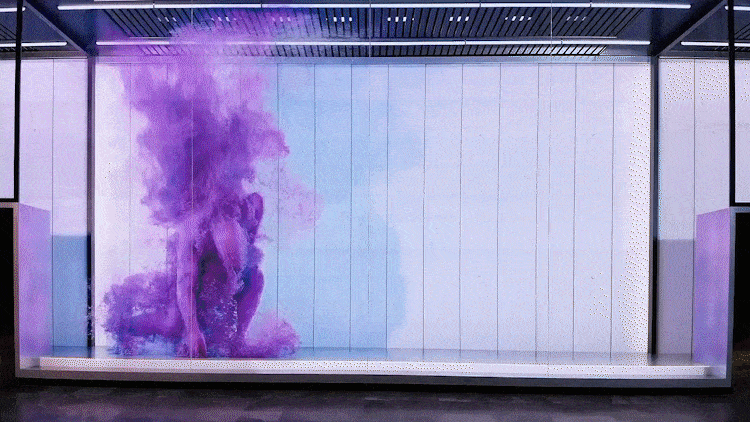
This is achieved through a combination of hardware and software technologies, such as stereoscopic imaging, autostereoscopy, and holography.
Stereoscopic Imaging
Stereoscopic imaging is the most common method used in 3D LED screens.It involves creating two slightly different images, one for each eye, and presenting them simultaneously to the viewer.
The brain then combines these two images to create the perception of depth and three-dimensionality.
To achieve this, 3D LED screens typically use polarized or active shutter glasses to ensure that each eye receives the correct image.
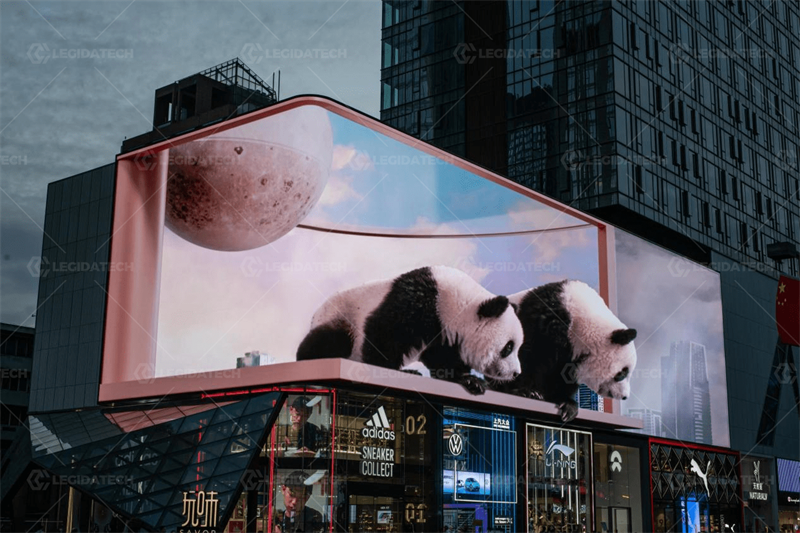
Autostereoscopy
Autostereoscopic 3D LED screens, also known as glasses-free 3D screens, offer a more convenient and immersive viewing experience.
These screens use special lenticular lenses or parallax barriers to direct different images to each eye without the need for external glasses.
Autostereoscopic technology allows viewers to enjoy 3D content from a wider range of angles and positions, making it ideal for applications such as digital signage, kiosks, and mobile devices.
Holography
Holography is a more advanced form of 3D display technology that creates true three-dimensional images without the need for glasses or additional viewing aids.
Holographic 3D LED screens use lasers and other optical components to project a virtual image into space, giving the impression of a real object floating in mid-air.
While holographic technology is still in its early stages of development, it has the potential to revolutionize the way we interact with digital content and could have significant applications in fields such as entertainment, education, and healthcare.
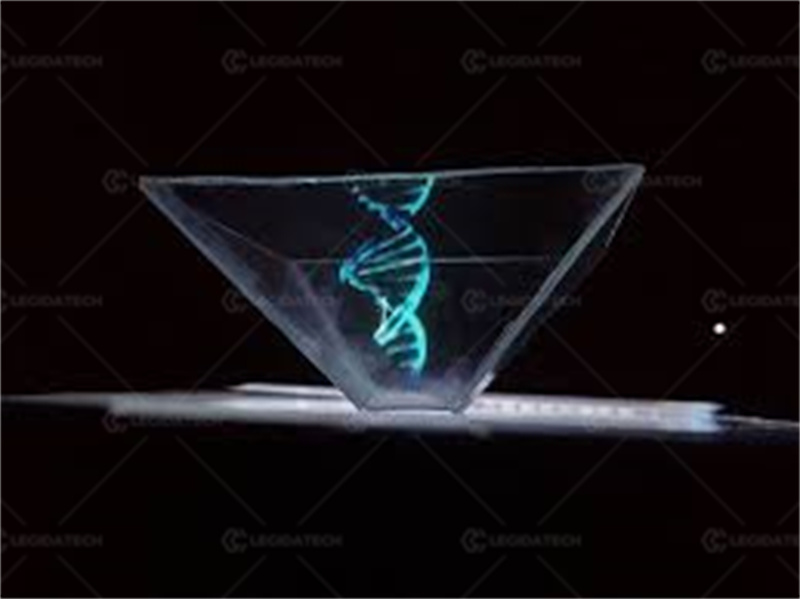
Features and Benefits of 3D LED Screens
3D LED screens offer a number of features and benefits that make them a popular choice for a wide range of applications.
Some of the key advantages of 3D LED screens include:
1.Immersive Visual Experience
3D LED screens provide a more immersive and engaging viewing experience compared to traditional 2D screens.
The added depth and dimension of 3D content can make movies, games, and other forms of entertainment more exciting and realistic.
2.Enhanced Productivity
In business and professional settings, 3D LED screens can be used to display complex data and information in a more intuitive and visually appealing way.
This can help users better understand and analyze the data, leading to increased productivity and better decision-making.
3.Improved Communication
3D LED screens can also be used for communication purposes, such as video conferencing and presentations.
The ability to display 3D images and models can make these interactions more engaging and effective, allowing participants to better communicate and collaborate.
4.Versatility
3D LED screens come in a variety of sizes and formats, making them suitable for a wide range of applications.
They can be used in home theaters, commercial cinemas, museums, theme parks, and many other settings.
5.Energy Efficiency
LED technology is known for its energy efficiency, and 3D LED screens are no exception. Compared to traditional display technologies, 3D LED screens consume less power, which can result in significant cost savings over time.
Applications of 3D LED Screens
The versatility and immersive nature of 3D LED screens make them suitable for a wide range of applications across various industries.
Some of the key applications of 3D LED screens include:
1.Entertainment
3D LED screens are widely used in the entertainment industry, including movie theaters, home theaters, gaming consoles, and virtual reality (VR) systems.
The immersive visual experience provided by 3D LED screens can enhance the enjoyment of movies, games, and other forms of entertainment.
2.Advertising and Marketing
3D LED screens are also increasingly being used in advertising and marketing campaigns.
The ability to display eye-catching 3D content can help businesses attract attention and stand out from the competition.
3D LED screens can be used in digital signage, billboards, and other advertising media to create a more memorable and impactful message.
3.Education and Training
In the education and training sector, 3D LED screens can be used to enhance the learning experience.
They can be used to display interactive 3D models, simulations, and educational videos, making it easier for students to understand complex concepts and ideas.
3D LED screens can also be used for distance learning and online training programs, providing a more engaging and immersive learning environment.
4.Healthcare
3D LED screens have several applications in the healthcare industry.
They can be used in surgical theaters to provide surgeons with a more detailed and accurate view of the patient’s anatomy, improving the precision and safety of surgeries.
3D LED screens can also be used for medical imaging, such as MRI and CT scans, allowing doctors to visualize the patient’s internal organs and tissues in three dimensions.
Case Studies
To illustrate the practical applications and benefits of 3D LED screens, let’s take a look at some real-world case studies:
Case Study 1: The Dubai Mall’s 3D LED Screen
The Dubai Mall, one of the largest shopping malls in the world, features a massive 3D LED screen that spans over 328 feet in length. The screen, which is located in the mall’s Atrium, is used to display a variety of content, including advertisements, movies, and live events.
The immersive visual experience provided by the 3D LED screen has made it a popular attraction for tourists and locals alike, helping to increase footfall and revenue for the mall.
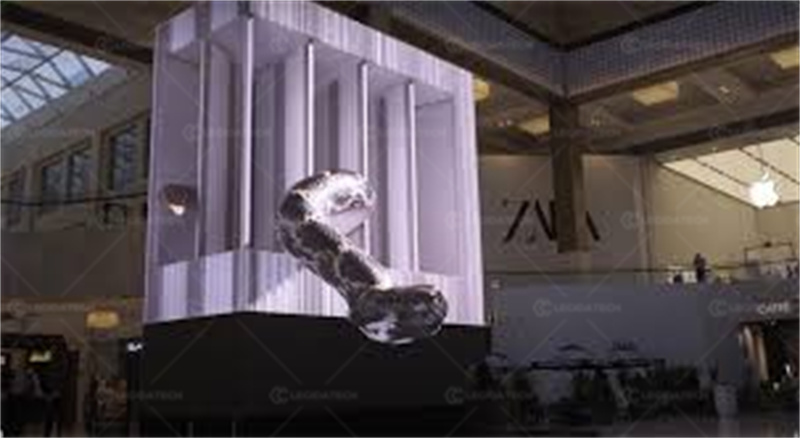
Case Study 2: The Smithsonian National Museum of Natural History’s 3D LED Exhibit
The Smithsonian National Museum of Natural History in Washington, D.C., has installed a 3D LED exhibit to showcase its collection of fossils and artifacts.
The exhibit uses 3D LED screens to display high-resolution images of the fossils and artifacts, allowing visitors to view them from different angles and perspectives.
The immersive nature of the 3D LED exhibit has made it a popular attraction for museum visitors, helping to educate and engage them in a more meaningful way.
Case Study 3: The Mercedes-Benz Museum’s 3D LED Installation
The Mercedes-Benz Museum in Stuttgart, Germany, features a stunning 3D LED installation that showcases the history and innovation of the Mercedes-Benz brand.
The installation, which is located in the museum’s central atrium, uses a combination of 3D LED screens and projection mapping to create a dynamic and immersive visual experience.
The 3D LED installation has become a signature feature of the museum, attracting visitors from around the world and helping to promote the Mercedes-Benz brand.
Case Study 4: The Shanghai Tower’s 3D LED Facade
The Shanghai Tower, one of the tallest buildings in the world, features a unique 3D LED facade that wraps around the entire building.
The facade, which consists of over 27,000 LED lights, is used to display a variety of content, including animations, advertisements, and live events.
The 3D LED facade has become an iconic landmark in Shanghai, helping to enhance the city’s skyline and attract tourists from around the world.
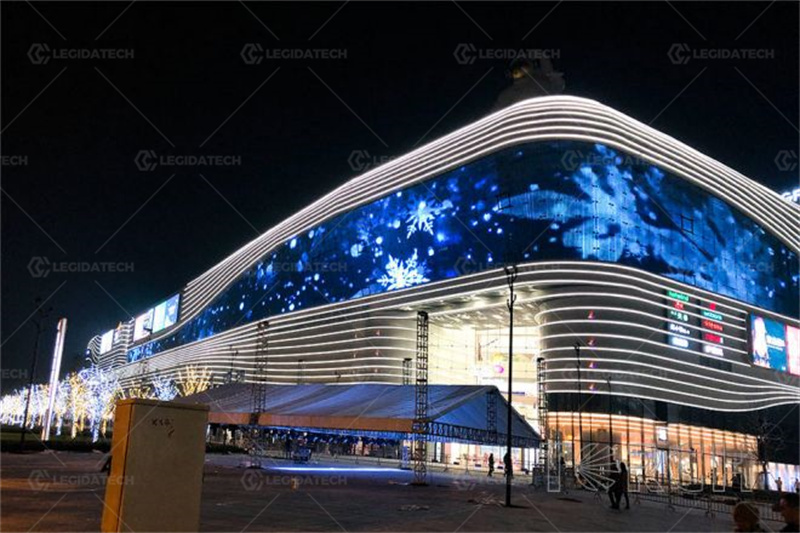
Abschluss
In conclusion, 3D LED screens are a revolutionary display technology that offers a immersive and engaging visual experience.
With their advanced features, versatility, and wide range of applications, 3D LED screens are poised to play an increasingly important role in our lives in the coming years.
Whether you’re a consumer looking for a more immersive entertainment experience, a business owner looking to enhance your advertising and marketing efforts, or a professional in the healthcare, education, or industrial design fields, 3D LED screens offer a powerful solution that can help you achieve your goals.
So, if you’re looking for the next big thing in display technology, look no further than 3D LED screens.
Frequently Asked Questions
Question 1: Do I need special glasses to view 3D LED screens?
It depends on the type of 3D LED screen. Some 3D LED screens, such as those that use stereoscopic imaging, require viewers to wear special polarized or active shutter glasses to see the 3D effect.
However, there are also autostereoscopic 3D LED screens, also known as glasses-free 3D screens, that do not require any external glasses.
Question 2: Are 3D LED screens compatible with all types of content?
Not all content is compatible with 3D LED screens. To view 3D content on a 3D LED screen, the content must be specifically formatted for 3D viewing.
This may involve using special software or hardware to convert 2D content into 3D or obtaining pre-recorded 3D content.
Question 3: Can I use a 3D LED screen for gaming?
Yes, 3D LED screens are great for gaming. Many modern gaming consoles and PC graphics cards support 3D gaming, allowing you to enjoy your favorite games in immersive 3D.
However, it’s important to note that not all games are compatible with 3D, so you may need to check the game’s system requirements before purchasing.
Question 4: How much do 3D LED screens cost?
The cost of 3D LED screens can vary depending on a number of factors, such as size, resolution, technology, and brand.
Generally speaking, 3D LED screens are more expensive than traditional 2D screens, but the price has been decreasing in recent years as the technology becomes more widespread.
Author:Amy




